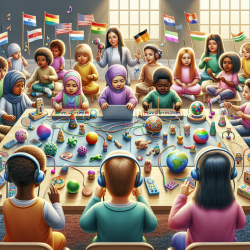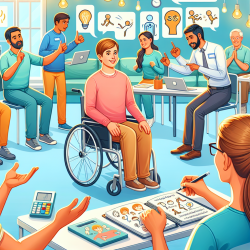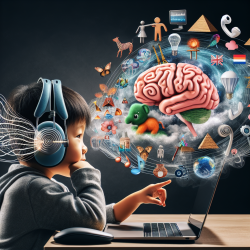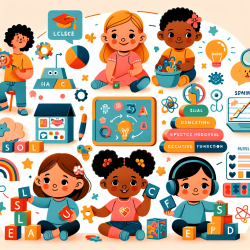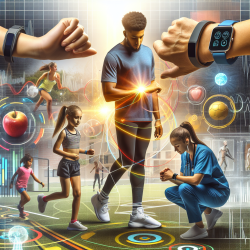The study explores how interactive toys designed with audiovisual association can enhance children's vocal learning experiences. The concept is simple yet profound: combining sound and visual elements in toys to create a more engaging and educational experience for kids.
Why Audiovisual Association Matters
Children are naturally curious and learn best through play. By integrating audiovisual elements into toys, we can stimulate multiple senses simultaneously. This multi-sensory approach helps in creating stronger neural connections, making learning more effective and enjoyable.
Key Takeaways from the Research
- Enhanced Engagement: Interactive toys that respond to children's voices with visual feedback can keep them engaged for longer periods.
- Improved Learning: Associating sounds with visuals helps in better retention and understanding of concepts.
- Personalized Experience: These toys can be tailored to suit individual learning paces and preferences.
Implementing the Findings in Your Practice
As therapists, we can incorporate these insights into our sessions. Here are a few practical tips:
- Use Interactive Toys: Integrate toys that provide real-time visual feedback based on the child's vocal input. This can make vocal exercises more engaging.
- Encourage Exploration: Allow children to explore different sounds and visuals, fostering creativity and curiosity.
- Monitor Progress: Keep track of how children interact with these toys to tailor future sessions better.
Encouraging Further Research
This study is just the beginning. There's a vast potential for further research in this area. We can explore how different combinations of audiovisual elements impact learning or how these toys can be adapted for children with special needs.
To read the original research paper, please follow this link: Research on the Design of Interactive Children's Vocal Enlightenment Toys Based on Audiovisual Association Experience
